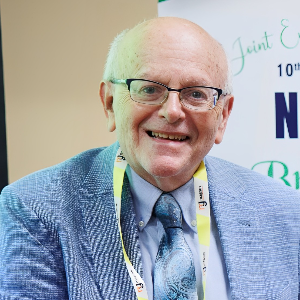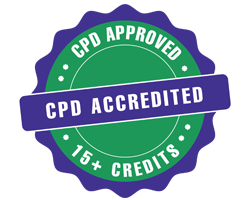Cannabis
Cannabis (popularly known as marijuana) is a hallucinogenic plant with over 500 components, 104 of which have been discovered so far. On the illicit drug market, there are numerous cannabis preparations available, including hashish, herbal cannabis (leaves and flowers), and oils.
Cannabis's therapeutic applications include: THC is the psychoactive component of cannabis which causes the drunkenness sought by many users. The American Academy of Neurology conducted a systematic assessment of publications on the use of cannabis in the management of multiple sclerosis, neurological diseases, and epilepsy from 1948 to November 2013. Only oral cannabis extracts (combined THC/CBD or CBD alone) shown efficacy in treating spasticity from lupus and central pain. Marijuana use and its harmful ramifications have grown in recent years.

Nile Stanley
University of North Florida, United States
Ann Marie Leonard Zabel
Curry College, United States
Edie Raether
NeuroShifts and Wings for Wishes Academy, United States
Owonaro Peter
Bayelsa State Drug Avuse Addiction Prevention and Rehabilitation Committee (BADAPARC), Nigeria
Sindu Padmanabhan
Bharathiar University, India
Andrew Drasen
A Vision of Hope Media, United States




Title : Integrating bibliopoetry therapy and digital health technologies for inflammation management: A neuropsychosomatic perspective
Nile Stanley, University of North Florida, United States
Title : Evaluation of prevalence and pattern of tobacco use in yenagoa city in bayelsa state south of nigeria
Owonaro Peter, Bayelsa State Drug Avuse Addiction Prevention and Rehabilitation Committee (BADAPARC), Nigeria
Title : Engaging learners through gamification, creativity, and human-centered design
Tero Moliis, Versantium, United States
Title : Neuropharmacological and regulatory drivers of tianeptine misuse in the united states: A growing public health concern
Darcy Tocci, NSU College of Pharmacy, United States
Title : Awakening sovereignty within: Healing trauma, releasing codependency, and returning to self-trust
Whitney Walker, Mental Health Therapist/ Podcast Host, United States
Title : You can save a life: Real conversations, real solutions for suicide prevention
frank King, The Mental Health Comedian, LLC, United States